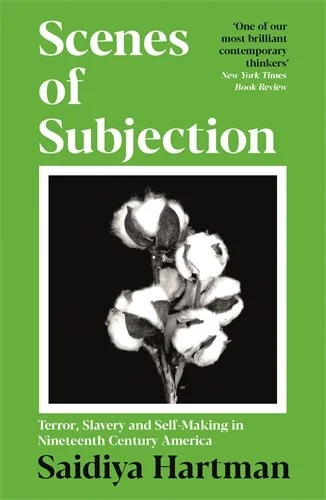Natal Alienation
“…Reading together the middle passage, the coffle, and I add to the argument the birth canal, we can see how each has functioned separately and collectively over time to disfigure black maternity. To turn the womb into a factory, producing blackness as abjection, much like the slave ships hold, and the prison, and turning the birth canal into another domestic middle passage with black mothers still ushering their children into their condition, their non status, their non-beingness” -Christina Sharpe, In the Wake: On Blackness and Being
What does it mean to come into being through a passage that is already marked by violence?
Our children are not ours; they are born already marked by a social order that has long denied Black being. The mark precedes the body. Before the child is named, they are already inscribed by history, by law, by the gaze that reads their skin as a sign of danger or dispossession.
This theft of maternity was one of slavery’s deepest violences. It did not only destroy families; it redefined what it meant to be human. To be enslaved was to be made kinless, to exist outside the social structures that grant personhood.
The term natal alienation originates with sociologist Orlando Patterson, in his seminal work Slavery and Social Death (1982). Patterson defines slavery not simply as forced labour, but as a condition of social death, a total rupture from kinship, heritage, and belonging. The enslaved person is stripped of genealogy; they have no recognised ancestors and cannot transmit social identity to their descendants. This is natal alienation: the violent interruption of lineage.
Saidiya Hartman, in Scenes of Subjection (1997) and Lose Your Mother (2007), radicalises Patterson’s notion. For Hartman, natal alienation does not end with emancipation, it persists as an ongoing structure of anti-Blackness. The Black mother can give birth, but she cannot guarantee her child’s belonging within the category of the human. Every Black birth carries the residue of captivity: the child enters the world already marked by social death.
The child of the Black mother still enters a world that anticipates their disposability. From disproportionate rates of infant mortality to the policing of Black childhood, the mark of alienation persists. The structures that once claimed the child as property now claim them as suspect, surveilled, endangered. The maternal body, once a site of forced reproduction, remains the terrain on which the state inscribes its power, through medical neglect, reproductive control, and criminalisation. Our maternity is always already public, always already political.
Black maternity, though alienated, remains sacred. It testifies to the persistence of life within death, of relation within rupture. It is through this paradox, through the un-ownable, ungovernable love of Black mothers that we begin to glimpse what Sharpe calls “wake work”: the everyday labour of keeping Black life afloat amid the wreckage.





